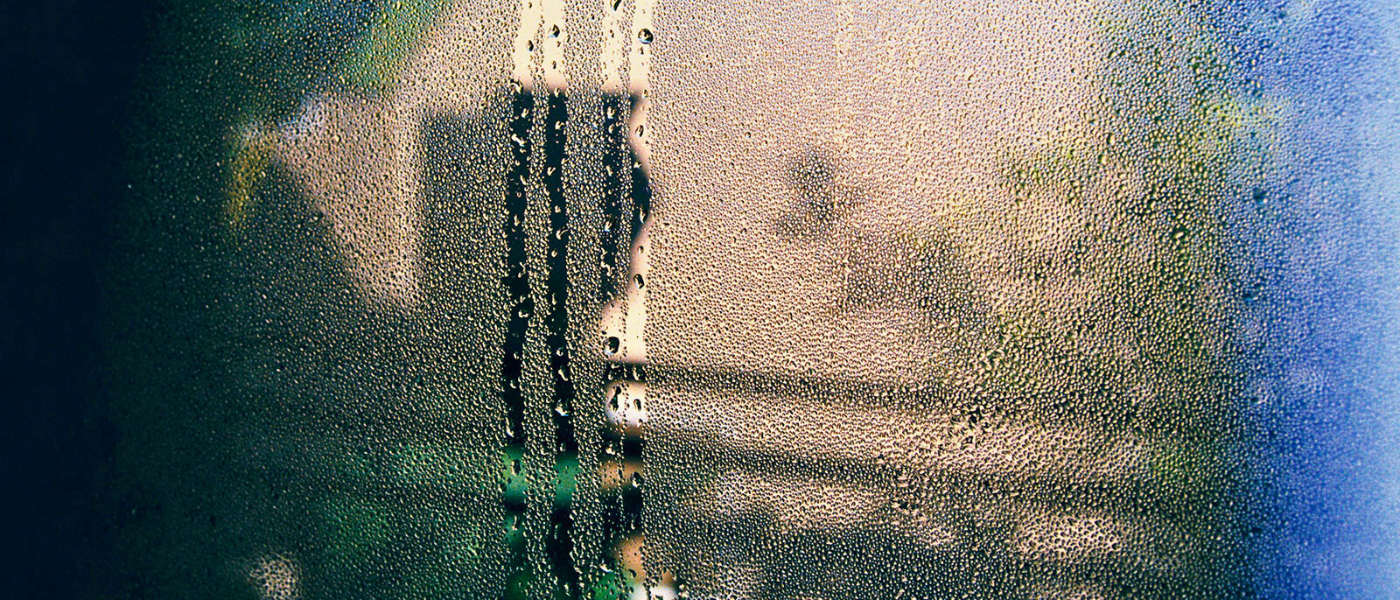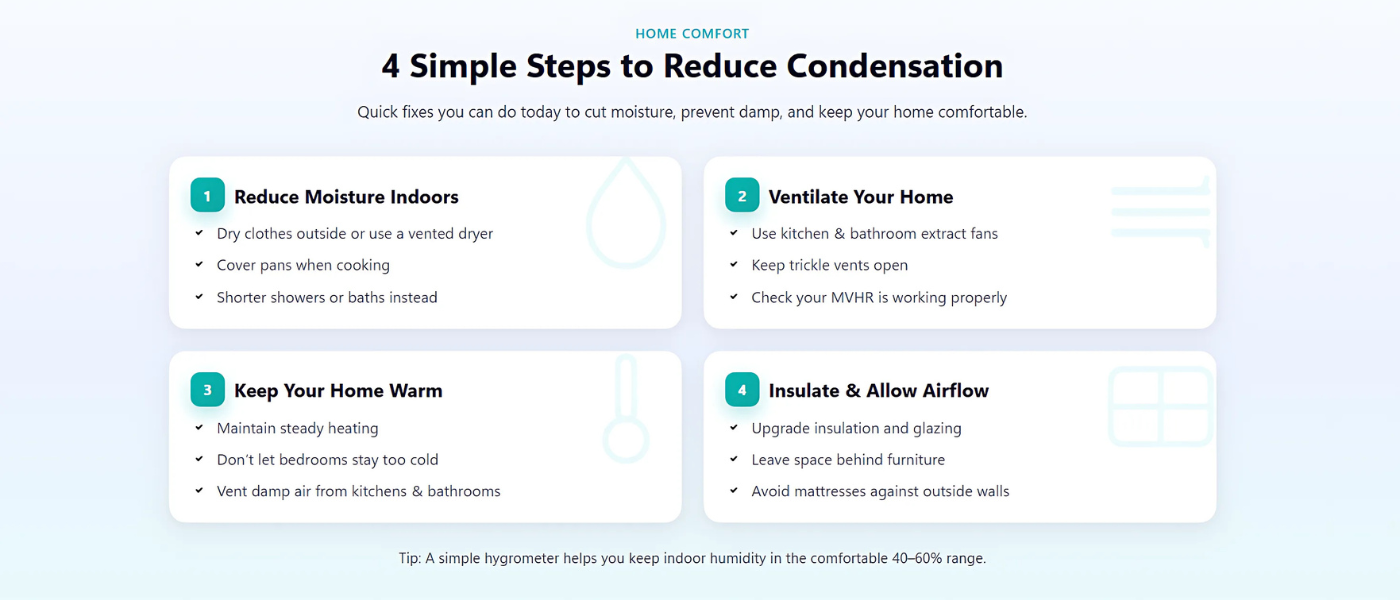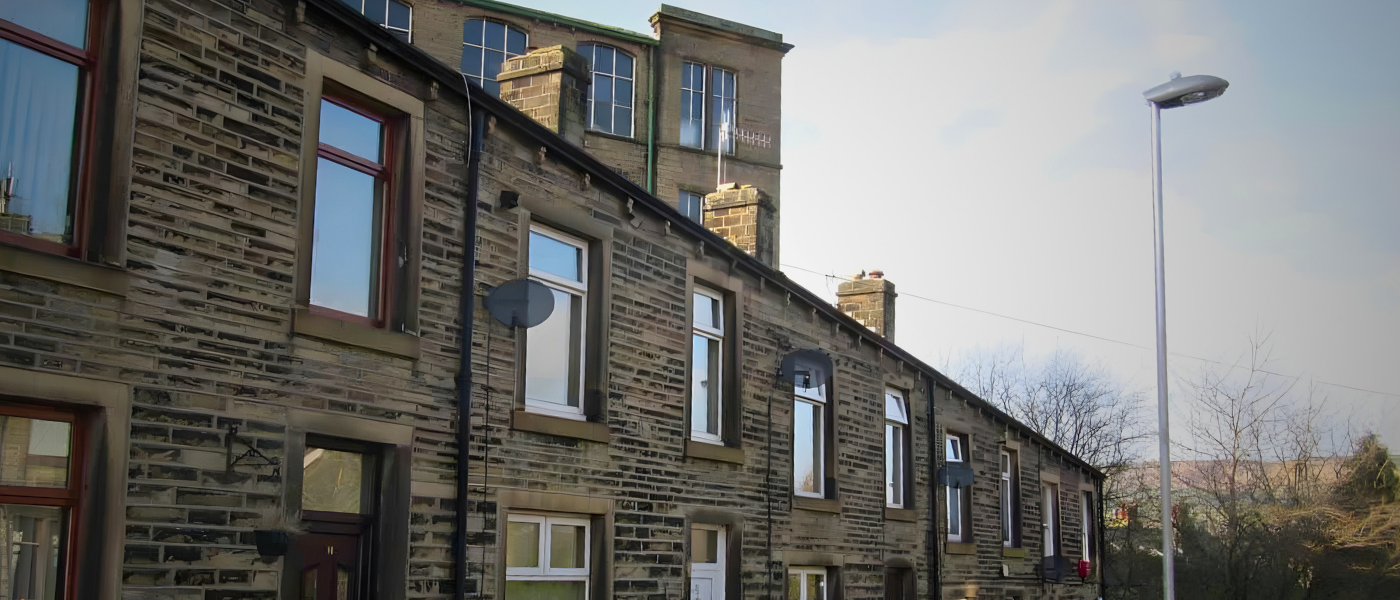How to Reduce Condensation in Winter

Winter in the UK often brings an unwelcome guest: condensation. You’ll spot it on your windows in the morning or on colder walls around your home. While it might seem harmless, condensation is one of the biggest causes of damp and mould in homes – and both can affect your comfort, health, and energy efficiency.
At 21 Degrees, we make it simple to understand why condensation happens in winter and what you can do to stop it.
Why Does Condensation Happen?
Condensation forms when warm, moist air meets a cold surface – like your windows on a frosty morning. Everyday activities add more moisture than you’d expect: cooking, showering, drying clothes indoors, and even breathing all increase humidity.
If the humidity in your home stays too high for too long, mould will form. Beyond looking unsightly, mould can trigger allergies and respiratory problems – which is why it’s so important to keep condensation under control.
Four Simple Ways to Reduce Condensation in Your Home
You don’t need specialist knowledge or a brand-new home to make a difference. Follow these four proven steps to prevent condensation and damp this winter:
- Reduce moisture indoors
- Dry clothes outside whenever possible, or use a vented tumble dryer.
- Cover pans when cooking and switch on your cooker hood.
- Take shorter showers or enjoy a bath instead – baths actually release less moisture into the air.
- Ventilate your home properly
- Turn on extract fans in kitchens and bathrooms.
- Keep trickle vents open on windows.
- If you have an MVHR (mechanical ventilation with heat recovery) system, make sure it’s working and set correctly.
- Keep your home warm
- Consistent heating prevents cold spots where condensation collects.
- Bedrooms often suffer most, so make sure moisture from elsewhere doesn’t settle on their colder walls.
- Insulate and allow airflow
- Professional insulation and modern double or triple glazing keep walls and windows warmer.
- Avoid blocking walls with furniture, mattresses, or large items – trapped cold encourages damp and mould growth.
Should You Use a Dehumidifier?
Dehumidifiers can help, but they’re often a short-term fix. They cost more to run and don’t address the root causes of condensation. A better long-term solution is combining moisture reduction, proper ventilation, heating, and insulation. This balanced approach is far more effective – and energy-efficient – for UK homes.
Track Your Indoor Humidity
For peace of mind, invest in a simple hygrometer to measure your home’s humidity. The ideal range is 40–60%. It’s normal for levels to spike after cooking or showering, but they should drop back down within half an hour if your ventilation is working well.

The Bottom Line
Condensation is common in UK homes, especially in colder months. But by making a few small changes, you can protect your home, improve comfort, and prevent mould and damp from taking hold.
And if you’re ready to go further, we can help with expert ventilation solutions and home insulation upgrades designed to create a healthier, more comfortable home for the long term.
Want to reduce condensation in your home this winter? Contact the 21 Degrees team for tailored advice and energy-efficient solutions.








